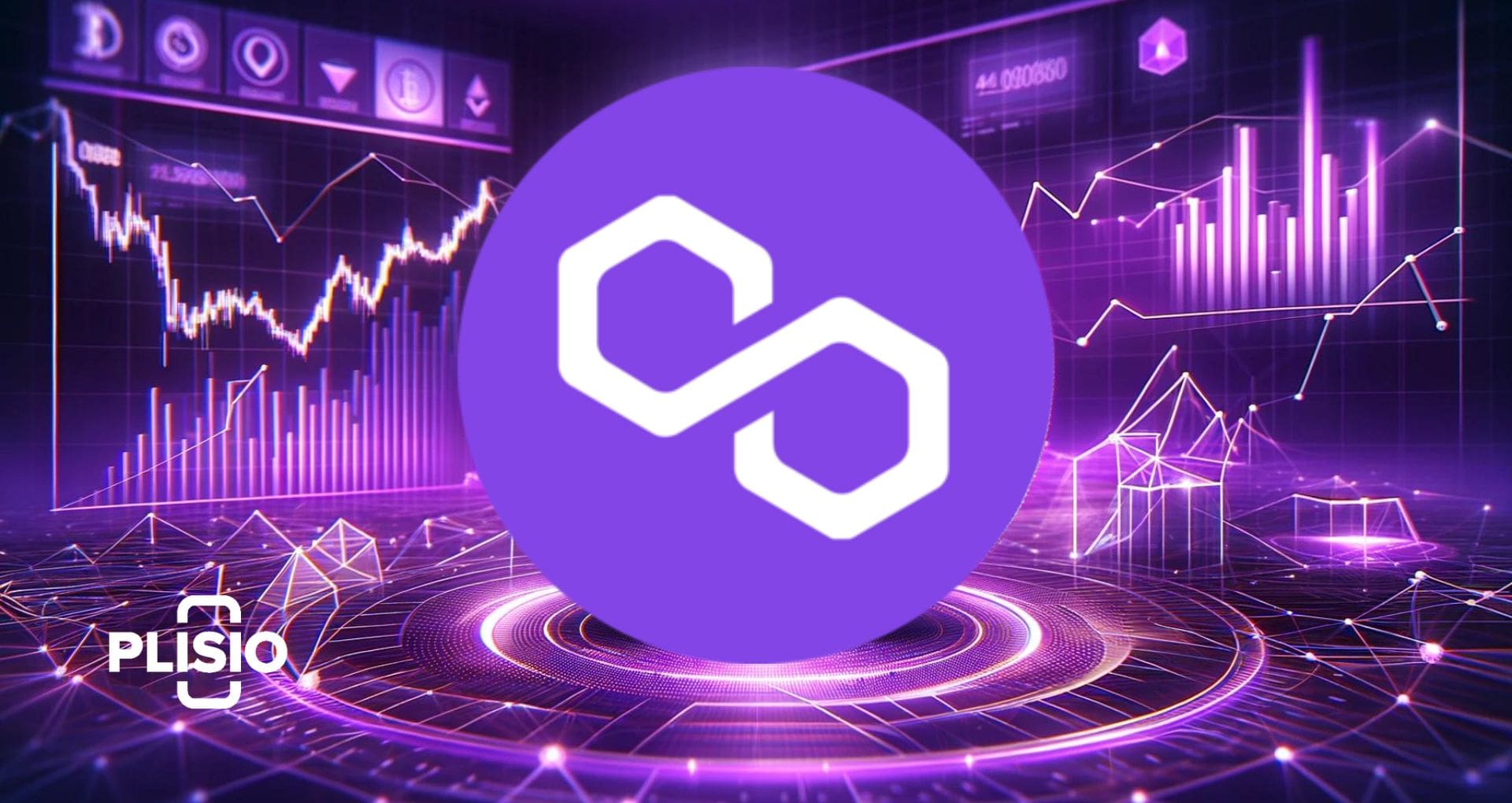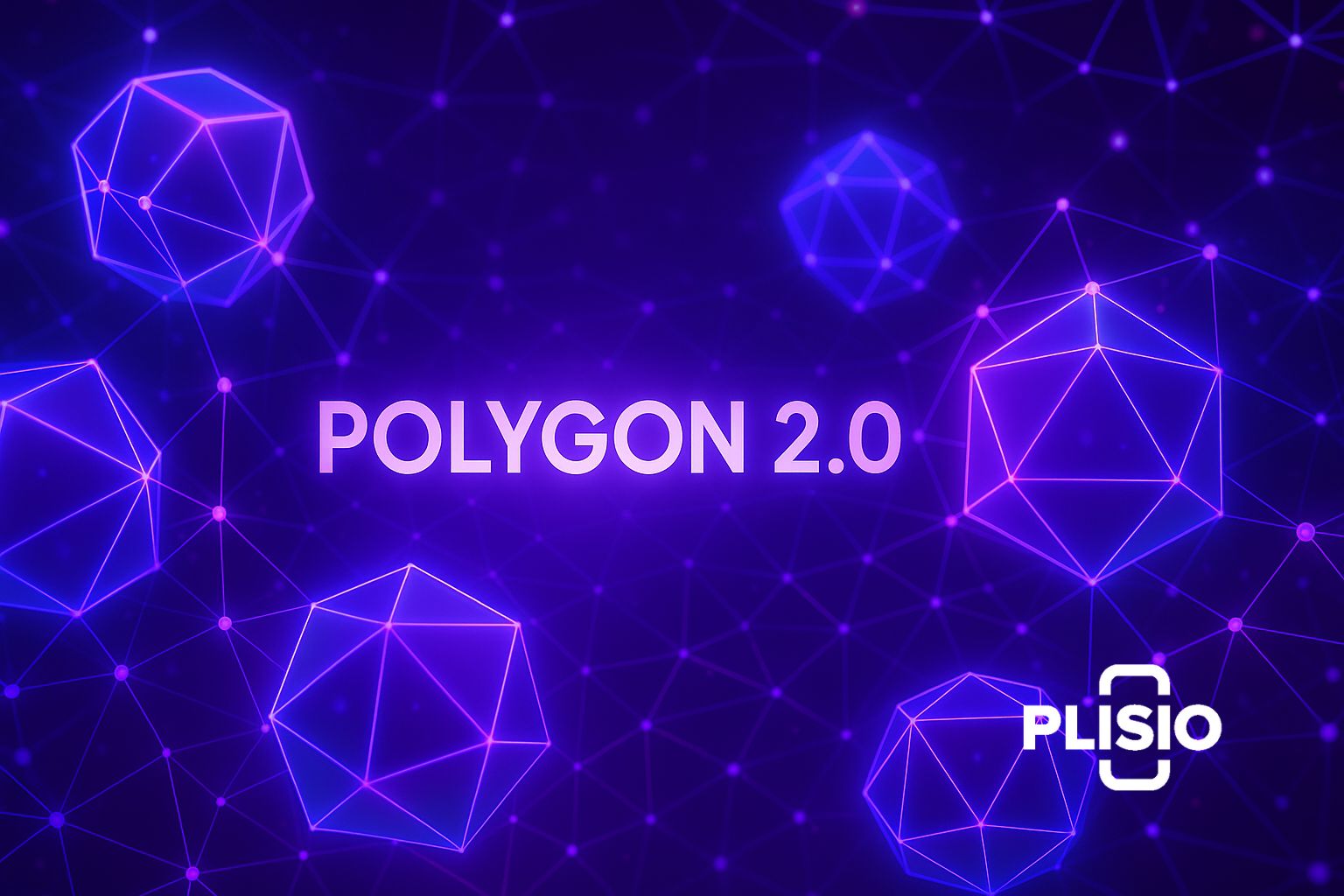Price Forecast and Market Prospects for Polygon (MATIC) in 2025–2030

One of the most well-known layer-2 scaling solutions in the blockchain ecosystem is Polygon (formerly Matic Network), which has emerged in the very dynamic cryptocurrency market. Polygon has gained international recognition for drastically lowering transaction costs while improving the Ethereum network's functionality. Investors frequently turn their attention to Polygon's long-term growth potential as they investigate the company's price trajectory.
Overview of Polygon and Its Principal Features
One of the most well-known blockchain initiatives is Polygon, which offers Ethereum a scaling solution. Increased scalability, reduced transaction fees, and quicker transactions are the goals of Polygon. Developers can produce dApps, DeFi projects, and payment services on Polygon within the Polygon ecosystem. Polygon provides a smooth user experience by processing transactions off the Ethereum main chain using sidechains.
With the addition of Polygon PoS, Polygon zkEVM, and the soon-to-be Polygon 2.0, Polygon has developed into a complete platform since its founding. Polygon is a leading option for blockchain developers due to its ongoing innovation and institutional interest.
Key Features of Polygons:
- Polygon is known for its lightning-fast transactions.
- Ethereum's scalability is improved by Polygon.
- Prominent blockchain partners have expressed interest in Polygon.
- Price Changes in the Past and Present for Polygons
When examining MATIC's past price movements, we can observe a notable increase since the launch of Polygon. The price history demonstrates times of extreme price volatility brought on by advancements in technology and market trends. Both recent price movement and long-term optimism are reflected in the current polygon price. According to analysts, if market conditions continue to be favorable, Polygon's price may follow a bullish trend as of right now.
Price changes for Polygon have frequently coincided with changes in the larger cryptocurrency market. Its value is influenced by the market capitalization of cryptocurrencies, the need for Ethereum scaling solutions, and adoption within the Polygon network.
Quantitative Perspectives on Price Increase:
Sharp rallies during bull runs are evident in Polygon's historical price movements since its launch.

Polygon Price Forecast and Technical Analysis for 2025
According to a technical analysis, Polygon's levels of support and resistance are getting stronger. If the bullish momentum persists, this could indicate that the price will increase. In the upcoming years, Polygon is expected to grow significantly. With a minimum price and average price that are likely to surpass current levels, polygon prediction models suggest a possible price growth trend through 2025.
Several projections for 2025 indicate that the price of MATIC may rise steadily. The 2025 matic price forecast indicates an average trading price that might surpass current levels, although there might be brief price swings. It is anticipated that network upgrades and cryptocurrency market trends will fuel a bull run in Polygon's price in December 2025.
Highlights of the Price Forecast:
|
Year |
Minimum Price |
Average Price |
Potential Price |
|
2024 |
$0.90 |
$1.20 |
$1.40 |
|
2025 |
$1.50 |
$1.90 |
$2.50 |
|
2026 |
$2.00 |
$2.50 |
$3.20 |
|
2027 |
$2.40 |
$3.00 |
$3.80 |
|
2028 |
$2.80 |
$3.50 |
$4.50 |
|
2030 |
$4.00 |
$5.00 |
$6.50 |
Factors Affecting the Long-Term Polygon Forecast and MATIC Price
The adoption of the Polygon blockchain, Ethereum's scalability issues, and the state of the cryptocurrency market as a whole are some of the factors that affect MATIC's price. If there is another bull run in the cryptocurrency market, Matic might rise to higher levels. The price may increase due to Polygon's payment services and integration with DeFi.
If Polygon keeps coming up with new ideas, it might be able to keep its position as a top layer-2 scaling solution. Polygon has a robust developer community and collaborations. By drawing in both institutional and retail investors, Polygon has improved its standing in the market.
Important Elements of Price Growth:
- adoption in the ecosystem of Polygon.
- cycles of Ethereum upgrades.
- trends in the cryptocurrency market.
Polygon's Future: Forecasts for 2026–2030
Consistent upward momentum is suggested by price predictions for 2026, 2027, and 2028. According to the long-term polygon outlook, prices may surpass previous highs. Adoption in the DeFi and NFT ecosystems as well as ongoing development, including Polygon 2.0, are essential to Polygon's future.
Global adoption, cryptocurrency market trends, and technology developments will all affect Polygon's ability to meet its optimistic projections. Network upgrades and user adoption within the polygon ecosystem may have a significant impact on MATIC's price.
List of Long-Term Considerations:
- Ethereum's scaling requirements should help Matic.
- In terms of layer-2 innovations, Polygon may be the market leader.
- Global adoption of cryptocurrencies will determine price movement.

It is crucial for anyone wishing to invest in Polygon to comprehend its past, present, and projected prices. It is anticipated that Matic will continue to dominate the cryptocurrency market, and if adoption keeps up, it may even surpass all previous records.
Conclusion: Analysis of Long-Term Polygon Prices
If predictions come to pass, investors who purchase Polygon now might profit. Although price volatility is still a factor, thematic price may rise in the upcoming years. Anticipate MATIC to continue to be a significant participant in the cryptocurrency market.
In conclusion, Polygon's potential cost is directly related to its function as a scaling solution for Ethereum and its growing ecosystem. The outlook is still positive because Polygon has continuously fulfilled its commitments.




